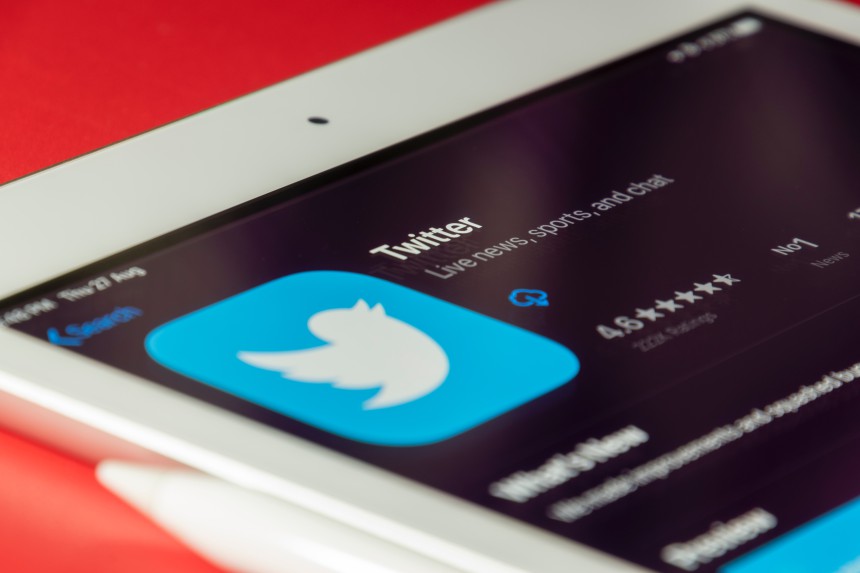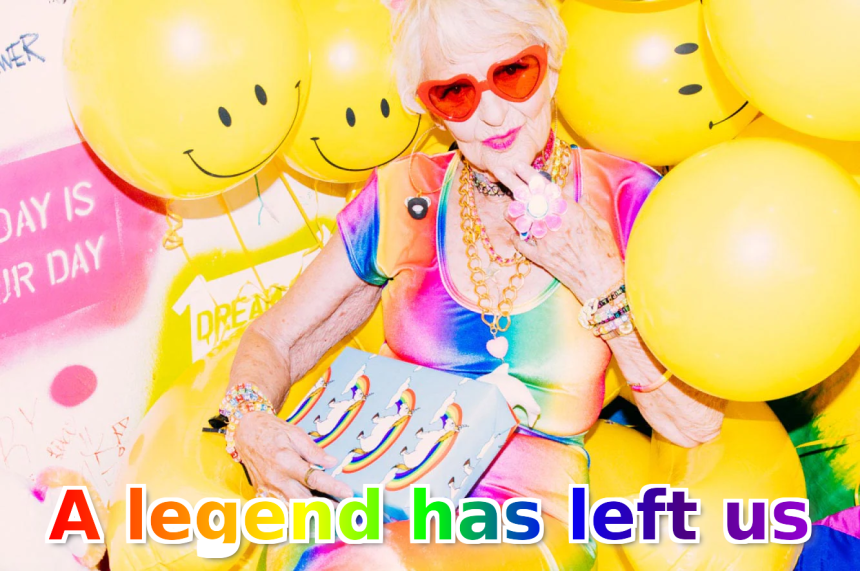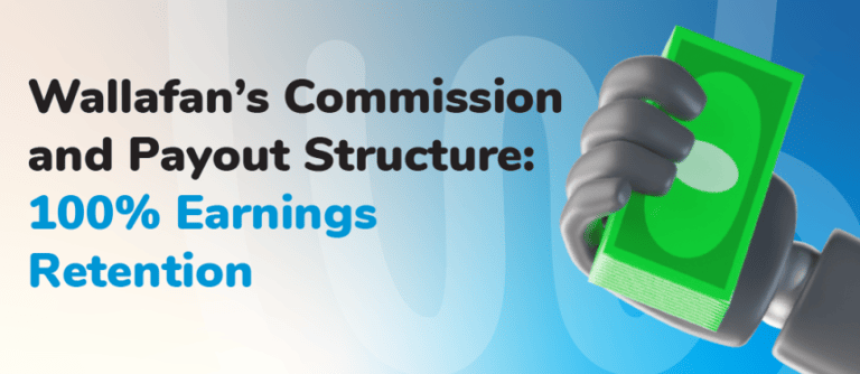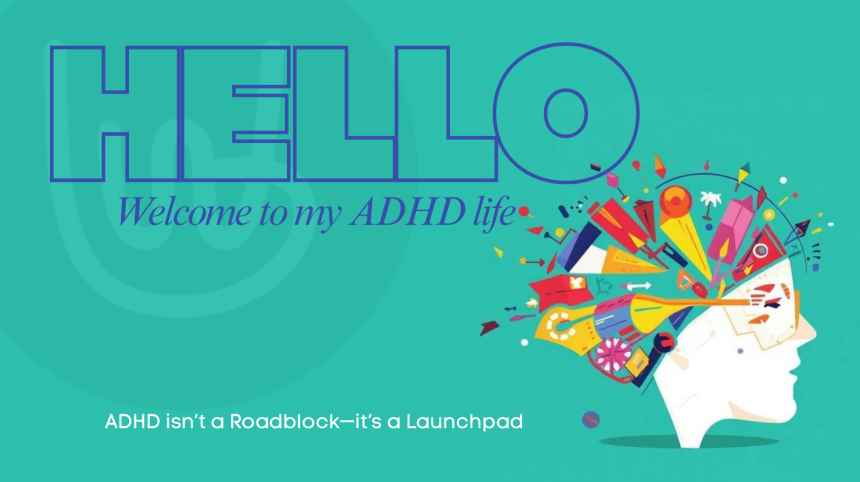
Twitter vs. Threads: Which is Better for Content Creators?
In this blog post, we will compare regular Twitter and Threads, exploring their features, benefits, and how they cater to the needs of content creators.
In the realm of social media, content creators have a plethora of platforms to choose from when it comes to sharing their work and engaging with their audience. Twitter, known for its brevity and real-time updates, has long been a go-to platform for content creators. However, with the introduction of Twitter Threads, creators now have a new way to organize and present their content in a more structured format. In this blog post, we will compare Twitter and Threads, exploring their features, benefits, and how they cater to the needs of content creators.
Brevity vs. In-depth Content
Twitter's main strength lies in its brevity. With a limited character count per tweet, content creators are challenged to convey their message concisely and effectively. This forces them to distill their thoughts into bite-sized pieces, making it ideal for quick updates, quotes, and engaging snippets. On the other hand, Threads offer content creators the opportunity to delve deeper into their subject matter by stringing together multiple tweets. This format allows for more detailed explanations, storytelling, and the ability to create a narrative arc.
Ease of Consumption
One of Twitter's advantages is its simplicity and ease of consumption. Users can scroll through their feed, catching up on the latest tweets from those they follow. The bite-sized nature of tweets allows for quick browsing and easy engagement. Threads, while providing more comprehensive content, may require more time and attention from the audience. However, the ability to expand and collapse threads makes it convenient for readers to navigate through longer-form content.
Discoverability and Reach
Twitter's platform has a vast user base, making it a valuable tool for content creators to reach a wider audience. With the use of relevant hashtags, retweets, and engagement with other users, tweets can quickly gain visibility and attract new followers. Threads, though not as immediately visible in the same way as individual tweets, can still benefit from Twitter's search functionality. Well-crafted and engaging threads can be shared, retweeted, and potentially go viral, further expanding reach and discoverability.
Organization and Storytelling
Threads offer content creators a structured way to organize their content. By connecting related tweets, creators can present their ideas in a logical sequence, providing a coherent and immersive experience for their audience. This allows for effective storytelling, step-by-step tutorials, or sharing a series of insights. Twitter, on the other hand, can be more spontaneous, offering creators the flexibility to share immediate thoughts, reactions, and updates in real-time.
Engaging with the Audience
Both Twitter and Threads provide opportunities for content creators to engage with their audience. Twitter's real-time nature fosters immediate interactions, with the ability to reply, retweet, and like tweets, fostering conversations and building a community. Threads, with their longer-form structure, can encourage more in-depth discussions as users respond to specific points within the thread. Creators can leverage both formats to cultivate meaningful connections and gather feedback from their audience.
Conclusion
When it comes to choosing between Twitter and Threads, content creators should consider their specific goals, content style, and target audience. Twitter's brevity and wide reach make it suitable for quick updates and engaging a broad audience, while Threads provide an avenue for more detailed storytelling and organization. Ultimately, a combination of both platforms can allow content creators to showcase their work effectively, connect with their audience, and build a thriving online presence.





